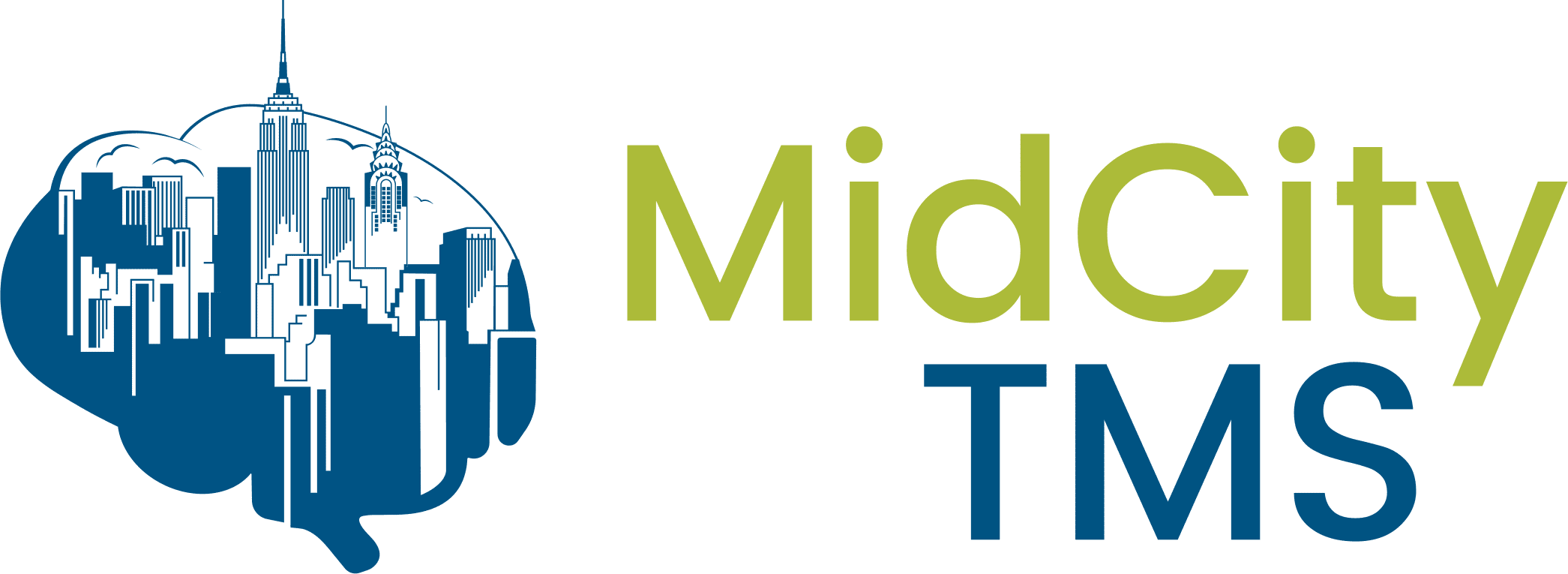Depression, otherwise known as major depressive disorder (MDD), is a burdensome affliction that negatively affects functioning and is also associated with high societal costs, including substantial economic burden.
What Do We Mean by “the Economic Burden of Depression?”
The economic burden of depression takes several factors into account. For instance, there are obvious expenses such as the cost of antidepressants. Less obvious expenses include (but are not limited to) the cost of therapy, drugs for depression related illnesses, missed days at work, overall reduced productivity, and, in some instances, hospitalizations and suicides.
More than 6.7% of Americans over the age of 18 have been diagnosed with major depressive disorder. That’s approximately 16.1 million people.
Now, consider those costs spread across that large number of MDD patients. Keep in mind that MDD is often accompanied by other (comorbid) illnesses that incur their own costs.
The costs of depression are slowly increasing, and it’s impactful not only to our personal finances but also our national finances.
How Is the Economic Burden of Depression Calculated?
To calculate the economic burden of depression a 2015 study examined individuals aged between 18-64 years old who were selected from a private insurance database. Each subject had been diagnosed with MDD between the years of 2005 and 2010.
For both study years, the selected MDD patients were matched with control subjects of similar socioeconomic standing.
The research group broke the study up into three sections:
- Direct costs
- Suicide-related costs
- Workplace costs
Direct Costs
To estimate the direct costs of MDD, the researchers looked at:
- Direct MDD costs (i.e., antidepressant medication)
- Costs for comorbid disorders (i.e., anti-anxiety medication or anticonvulsant medication)
- Non depression costs not captured in the first two categories
The average expenses of the control patients were subtracted from the expenses of the MDD patients to calculate direct cost.
Suicide-Related Costs
To estimate the suicide-related costs of MDD, the researchers analyzed data from the CDC and other organizations. 50 percent of suicides were attributed to MDD in their cost model, and the researchers used metrics such as lifetime earnings and other workforce data to factor the suicide-related costs of MDD.
Workplace Costs
Workplace costs were estimated using the value of missed work days (absenteeism) and diminished productivity (presenteeism). The researchers considered three factors when investigating work related costs, such as injury/illness, discretionary time off, and disability. Depression can make productivity at work much more difficult.
So, What Is the Economic Burden of Depression?
The findings from the 2015 study estimated the national cost of depression in 2000 to be $83.1 billion. The goal of the study was to update those figures as well as measure the change in cost between 2005 and 2010. The study found a 21.5% increase from 2005 to 2010, a jump from $173.2 billion to $210.5 billion (in inflation-adjusted dollars).
A large portion of those cost increases were attributed to higher medical and presenteeism (low productivity) costs. 48-50% of the costs were attributable to workplace costs, 45-47% to direct costs, and 5% to suicide-related costs.
Direct costs from MDD sufferers were $77.5 billion in 2005 and $98.9 billion in 2010. The majority of those costs were for outpatient and inpatient medical care. Other costs included pharmaceutical costs. For patients who were employed and receiving treatment, the annual cost of depression in 2005 was $5,707 and $5,988 in 2010. These numbers factor in non depression related treatments, such as headaches, muscle aches, sleep disorders, and others.
Suicide related costs from MDD sufferers totaled $9.4 billion in 2005 and $9.7 billion in 2010.
Presenteeism accounted for approximately 3 quarters of the workplace costs, which were around $64.7 billion in 2005 and $78.7 billion in 2010.
As you can see, the economic burden of depression is massive, and it’s a problem that’s exacerbated by external influences like the 2008 financial crisis.
Where Can I Find Cost-Effective Depression Treatment?
Although more research in this area is needed, we should expect to see the annual economic burden of depression in 2020 increase with events like the COVID-19 pandemic. Improving the quality of depression treatments is especially important to offset the decreases in worker productivity and healthcare spending associated with the worsening economic burden of depression.
A wide range of effective treatments for depression are available. TMS can be a particularly successful and cost-effective treatment for depression. If you’re interested in learning more about TMS as a solution for depression, feel free to browse our blog for more articles like these.
We also encourage you to reach out to us online or at (212) 517-1897 so we can answer all of your questions. Mid City TMS accepts a wide range of insurance plans, giving you more financial flexibility.



